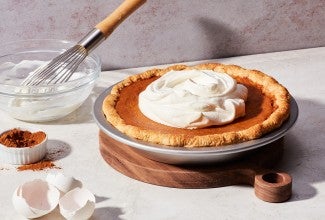Pie expert Erin Jeanne McDowell's must-have pie tools
Including old favorites and a few surprises.
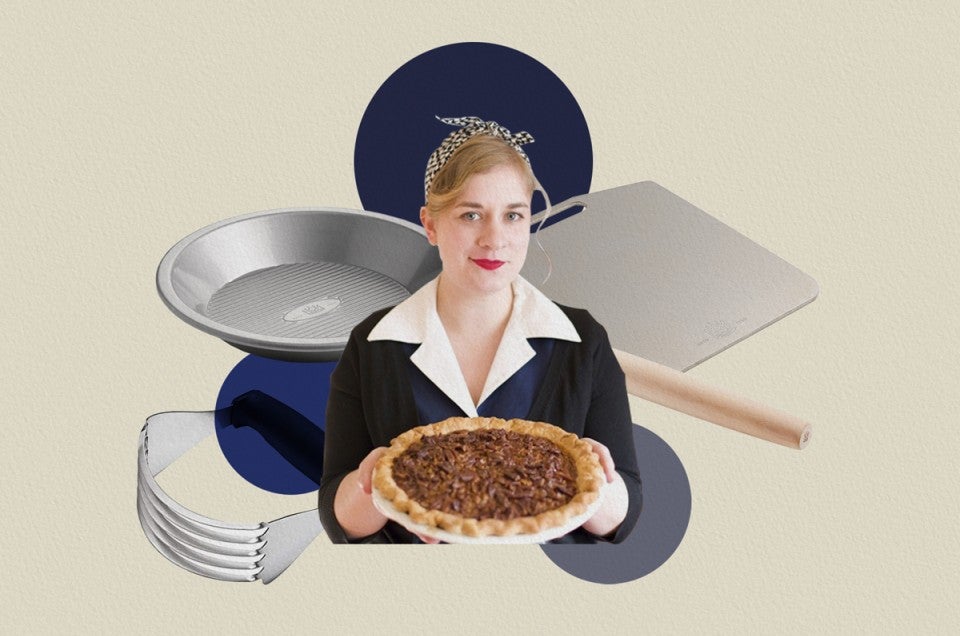

Baker and cookbook author Erin Jeanne McDowell literally wrote the book on pie. So trust her when she says anything about how to make the best pie, particularly the tools you need to do so. (And if you need convincing, try her brilliant recipes for Concord Grape Pie, Maple Sugar Pie, or Classic Sweet Potato Pie.) Watch the video below, or read on for her essential pie tools:
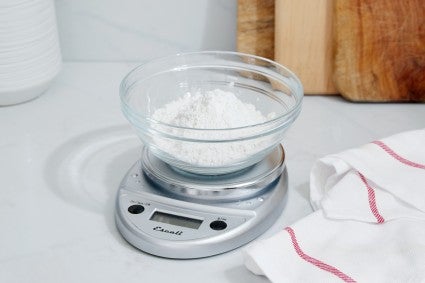
Like the bakers in our Test Kitchen, Erin recommends measuring ingredients by weight rather than volume. “This is especially important with pie dough, which relies so heavily on proper hydration,” she says. “If the flour measurement is even slightly off, it can really change the pastry dough.” She prefers this Essential Digital Scale because “it’s reliable, easy to use, and can be tucked into a drawer when I’m not using it.”
Shop: Scales
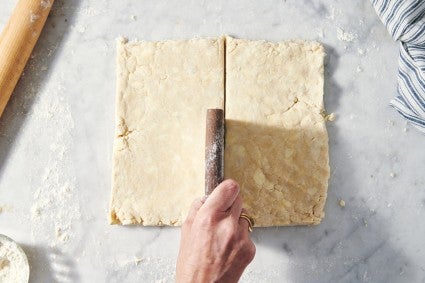
“This is one of my favorite tools for any baking project, but it’s especially handy when working with pie dough,” recommends Erin. She uses it to cut chilled butter into cubes, to keep edges straight and squared off when laminating dough, and perhaps most importantly, to scrape all the flour off her work surface when she’s done baking.
Shop: Bench Knife
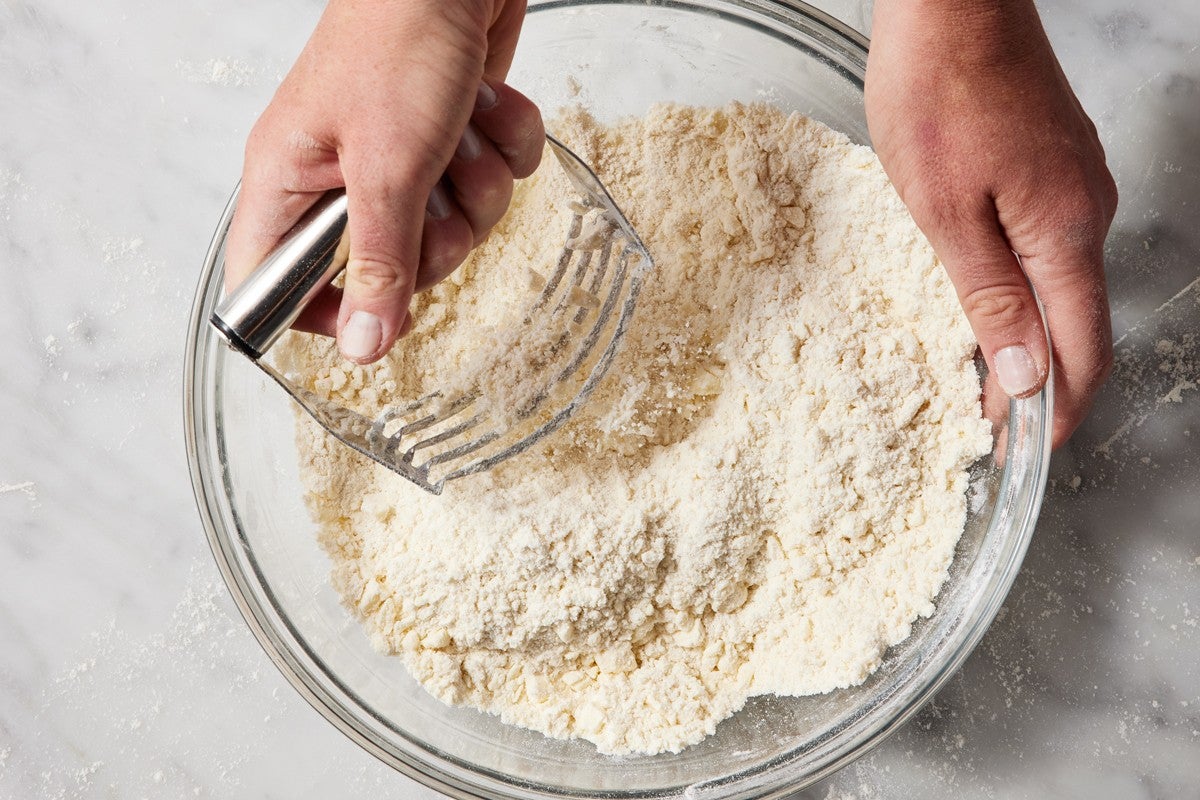
Though she typically mixes her pie dough by hand, Erin recommends a pastry blender for folks who have naturally warm hands or live in a particularly warm place. As she explains, “The pastry cutter does a good job of cutting the cold fat into the flour, leaving irregular-sized pieces distributed throughout the mixture. It also has the bonus benefit of being able to be refrigerated before you use it — when the tool is cold, it’s even easier to keep the ingredients cold while mixing, which is key to flaky pie dough.”
Shop: Dough/Pastry Blender
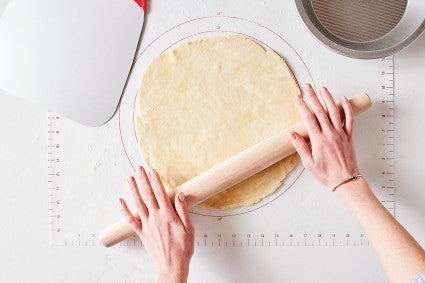
Erin prefers a French rolling pin, which has tapered edges that she says make it easy to manipulate the dough in all directions while still keeping it round. “That said, I also turn to my heavy-handled rolling pins at times that I am making a lot of pies — they are just easier on my hands,” adds Erin. “I really believe that hand tools like rolling pins are the baker's choice — choose the pin that feels easiest for you to work with.”
Shop: Rolling Pins
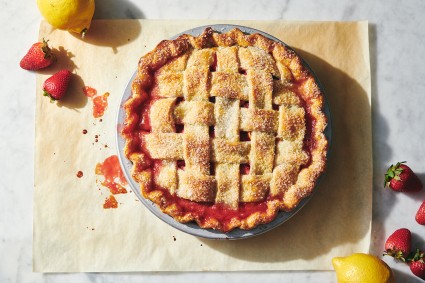
“I use a good quality, heavy-duty parchment paper to line any pies that I need to prebake, before I fill them with pie weights,” Erin shares. She adds, “King Arthur's parchment is one of the heaviest duty I’ve ever found — and it even stands up to the weight of a deep dish pie plate’s quantity of pie weights.” She also likes to bake pies on a parchment-lined baking sheet for easy cleanup if there's any rogue dripping, bubbling, or overflow.
Shop: Parchment Paper
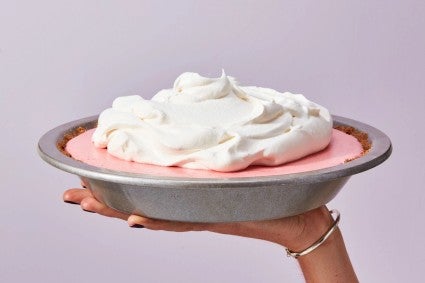
“My absolute favorite pie pan is this pan,” declares Erin. “I love it for several reasons — it’s lightweight (perfect if you, like me, bake a lot of pies and therefore own a lot of pans), nonstick, and does a great job of ensuring an evenly brown crust all over the base — especially the very bottom.” Erin loves to gift these pie pans because they aren’t as expensive as ceramic. She recommends baking someone a pie in it, and gifting the recipient the pan, too!
Shop: King Arthur Pie Pan
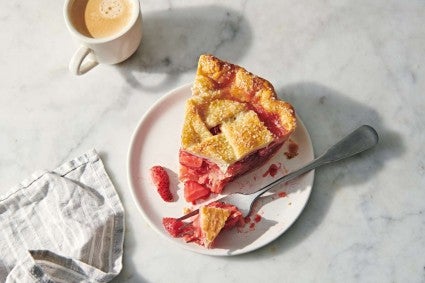
“The baking steel is my favorite way of ensuring even baking for pie,” says Erin. That’s because the steady, consistent heat that comes from baking a pie on a steel helps ensure the bottom crust bakes at the same rate as the top crust. You can bake your pie directly on the baking steel or use a parchment-lined baking sheet to help protect it from drips. Notes Erin: “The baking steel is especially helpful for pies with a long bake time, like double crust pies — or for folks who want to skip par-baking.”
Shop: Baking Steel
Find everything you need for your best pies yet in our Pie Must-Haves Shop Collection.
Cover illustration by Michelle Chen.
